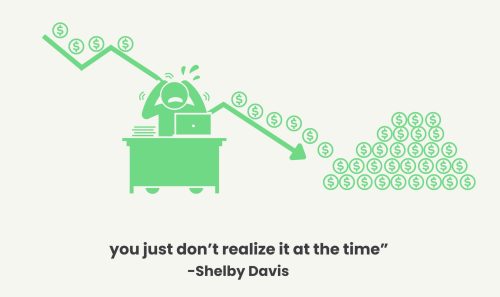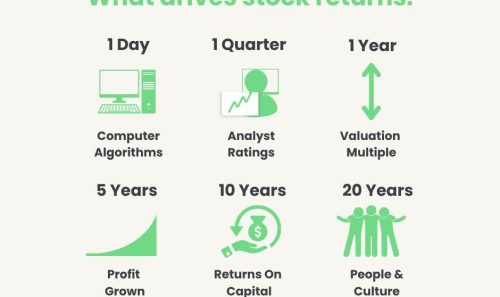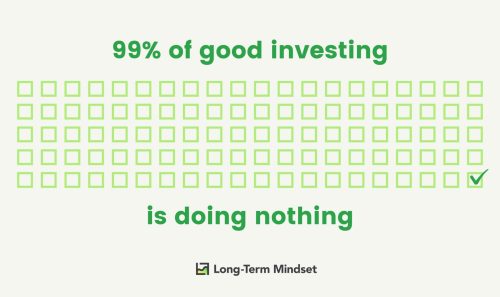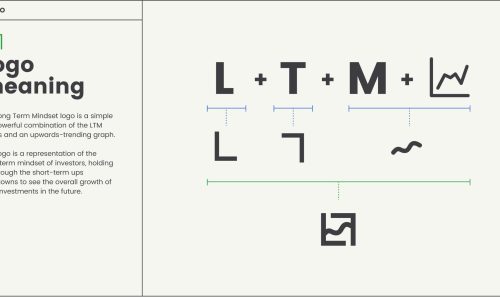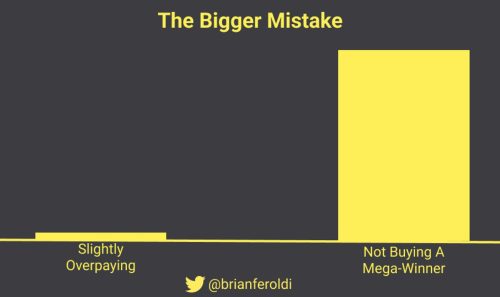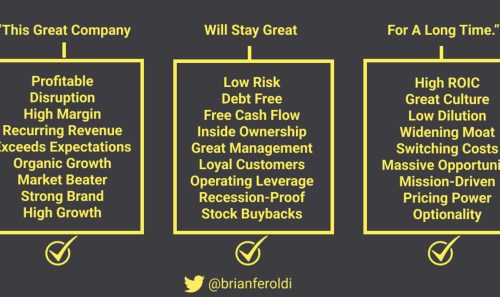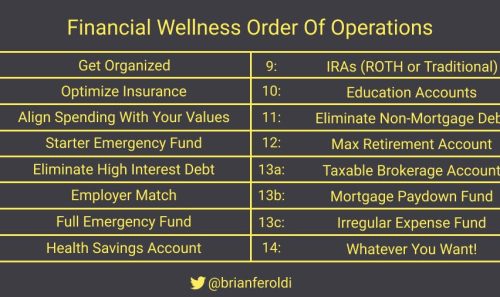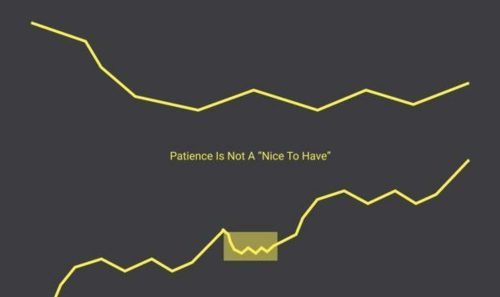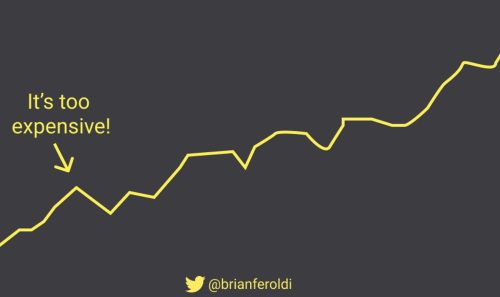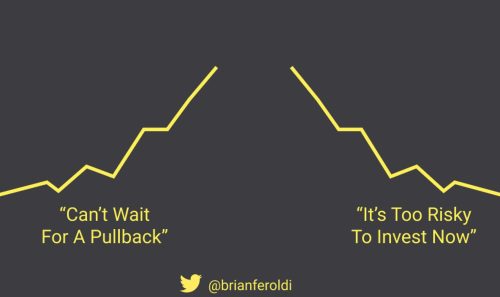🧠 Change Your Perspective
View Online | Sign Up | Advertise
Friends,
Rewind the clock to June 2020.
This was at the height of “social-distancing” mandates. COVID was still new, and the world was still freaking out.
Back then, a few less-than-reputable newspapers posted pictures of crowded public spaces to show that some people weren’t following “the rules.”
Here’s an example:
|
|
Pictures like this drove a wedge between two groups equally motivated by fear (either of the virus or losing their freedoms).
The intent was obvious: get easy clicks by focusing on the negative.
But that photo is wildly misleading.
Here’s a picture of the same beach on the same day and at nearly the same time.
|
|
Now, ask yourself: If this photo was shared instead, would it get clicks?
Of course not.
The crux of a story about this photo would be the opposite: focus on the positive; show how people meet their diverse needs while being considerate of others.
We bring this up not because we’re trying to make a point about COVID precautions.
We’re pointing to something much bigger:
Negativity Bias.
Humans are hard-wired to feel negative emotions (fear, anger, sadness) more intensely than positive ones (joy, acceptance, contentment).
That’s why those papers used the photo they did: it elicits a stronger reaction.
This bias made sense for 99% of our history. If the snapping twig in the forest didn’t scare you, your DNA would quickly get taken out of the gene pool by that mountain lion.
But we evolved in a different environment. That snapping twig would resolve itself within seconds. Then you’d move on with your day.
The negative stimuli we’re served up today is constant. Not only does this accentuate the bad, but it also crowds out space in your brain to appreciate the good.
This applies to investing, too.
Remember how painful it was from November 2021 to the end of last year? The NASDAQ was down 36%.
But the following is also true:
- That very same NASDAQ was up 35% year-to-date as of this writing.
- Over the past five years, the NASDAQ has returned 12.5% annually — including the dip in 2022.
- Over the past ten years, the NASDAQ has returned 14.7% annually — turning $1,000 into $3,930.
Are you experiencing an intense joy this year from the positive returns that equals the intense pain you felt last year from the negative returns?
For most, the answer is “No.”
That’s why developing a practice of finding inner quiet and seeking a broader perspective is so important.
Take a hard look around you. You might notice the same applies to investing and most parts of the world around you.
Wishing you the ability to see the good,
– Brian Feroldi, Brian Stoffel, & Brian Withers
P.S.- We’re hosting a free live webinar today at noon EDT to discuss the Valuation Mindset Spectrum. Can’t be there live? Everyone who registers will be sent a link to the replay.
Sponsor this Newsletter
Guess what? You’re reading promotional content in a newsletter. Sponsoring influencer newsletters, like mine, is a great way to reach engaged and targeted audiences. It will build your brand — whether that is your personal brand or your business.
The Long Term Mindset newsletter is part of the ConvertKit Sponsor Network. This network connects businesses to audiences of newsletter readers. For example, you can sponsor Long Term Mindset and connect with about ~80,000 people with similar interests to yours.
One Simple Graphic:
|
|
One Piece of Timeless Content:
Professor of Finance at the NYU Stern School of Business, Aswath Damodaran, is an excellent source for learning about financial statements and valuation. He recently covered one of our all-time favorite topics, free cash flow, in this detailed blog post and accompanying video.
One Twitter Thread:
10K Diver is a favorite follow of ours. In this thread, he covers a not-often-discussed topic of how often you should look at your portfolio– using math. Spoiler alert: Checking less often will leave you happier!
One Resource:
Are you looking for a way to make your presentations more engaging? Build interactive polls, quizzes, and more– allowing your audience to engage in real-time with Mentimeter. Connects to PowerPoint, Zoom, and other popular applications. Best of all, you can try Mentimeter for free.
One Quote:
|
|
More From Us:
👨🎓 The next cohort of Valuation Explained Simply starts on August 7th. To join the waitlist, click here.
📗 If you’ve read Brian Feroldi’s book, he’d love a review.
👨🎓 Missed Financial Statements Explained Simply? You can purchase the replays & materials here.
|

.png)
